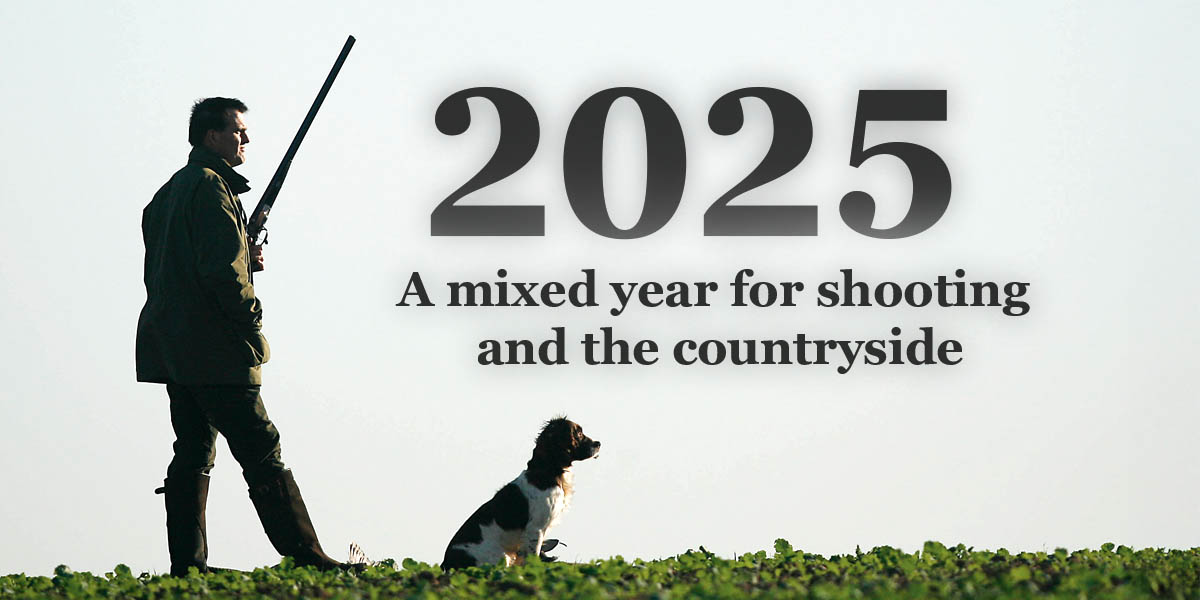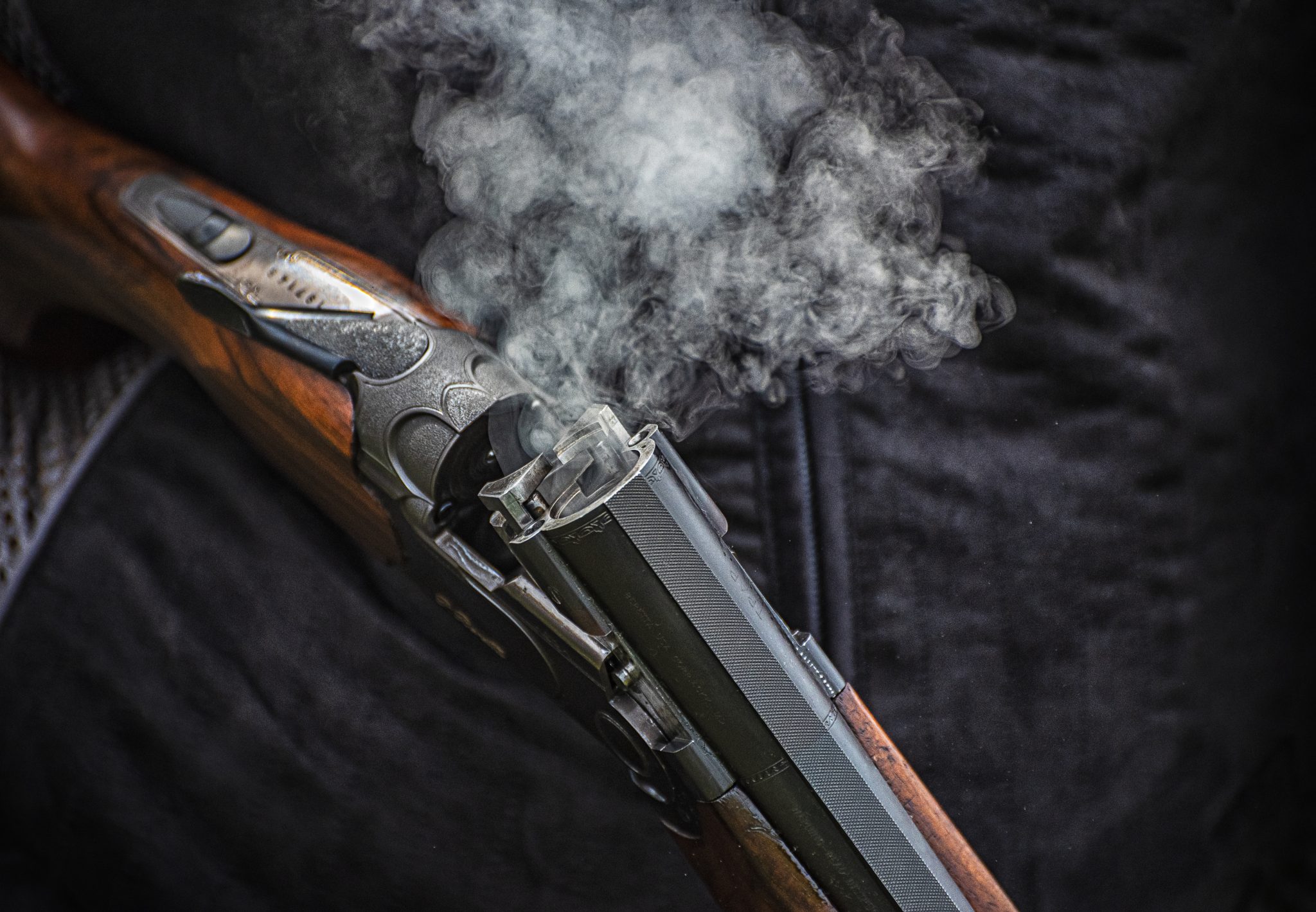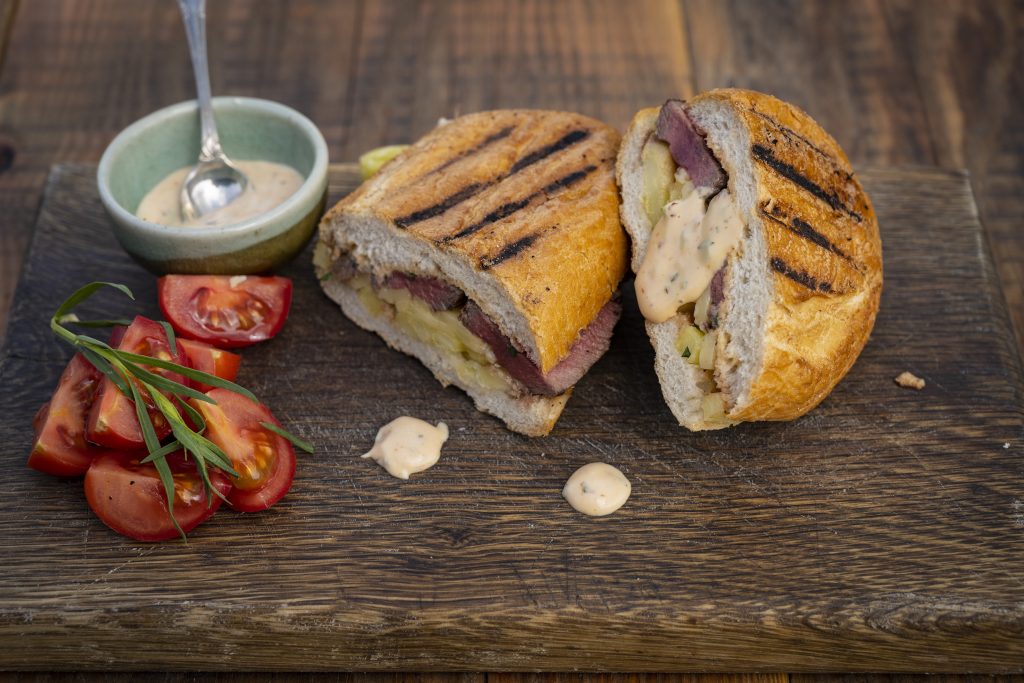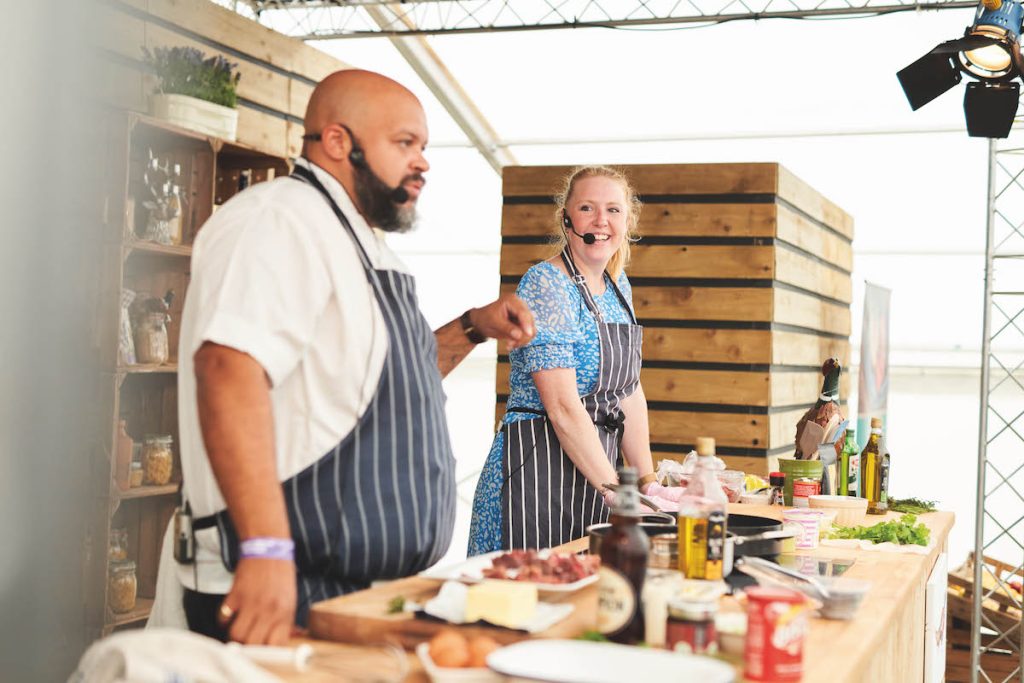Win CENS ProFlex DX5 earplugs worth £1,149 – enter here
Sticky Asian wild boar ribs
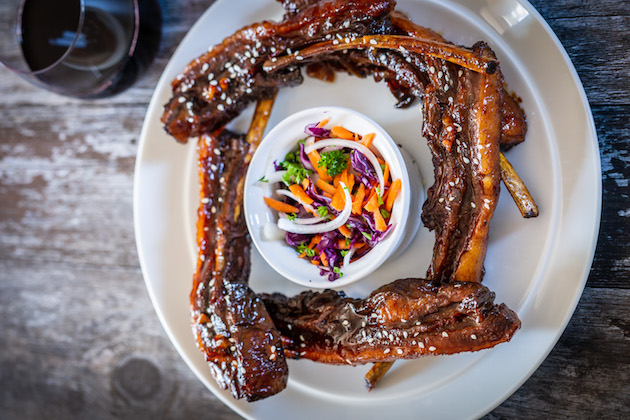 finished shots - Wild Boar Ribs.
finished shots - Wild Boar Ribs.
If by some turn of unfortunate events, I were to eat my last meal tomorrow and I had a choice of what to have, I would most likely go for sticky Asian wild boar ribs.
Notoriously destructive, wild boar have always fascinated me. In recent years, their numbers have dropped slightly in East Sussex but I am lucky to shoot a little patch with a buoyant population.
Their habits, as with most animals, change with the seasons. They move on from the maize and arable fields in autumn to rooting in the woodland in the winter months for grubs, roots and acorns.
The wild boar was a hugely important animal for hunting in the Middle Ages. In Europe it was considered a noble form of hunting, usually resulting in an adrenalin-fuelled horseback chase with dogs. Once the boar was cornered, the riders would dismount and try to confront the animal head on, dodging the tusks and fatally wounding it with a sword or dagger through the chest — not for the faint-hearted.
As the boar population is very low here I obtained some ribs from my good friend and popular game butcher Tim Hanks from Hanks butchers in Ross-on-Wye.
The Forest of Dean is currently the heartland of wild boar activity in the UK. At last count it was estimated there was a population of more than 2,000 — so much so that the Forestry Commission has advertised for more rangers to help control them, as local villages and playing fields have been ruined by the rooting behaviour of the fierce wild pigs.
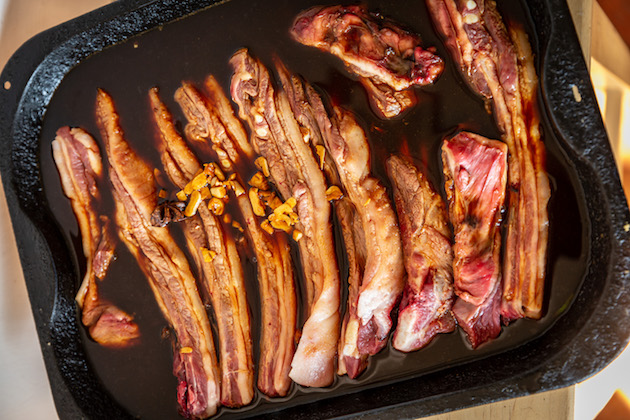
Wild boar is easier to get hold of than you might think and is a tasty alternative to pork
Sticky Asian wild boar ribs recipe (serves 12)
Ingredients
- 4kg of individual ribs (belly on)
- 1 litre of pineapple juice
- 60ml of soy sauce
- 6 diced garlic cloves
- 3 star anise
- 2 tsp Chinese five-spice powder
- 3 tsp paprika
- 3 tbsp honey
- Sesame seeds (see method)
Method
- Heat a pan and mix all the ingredients together and stir. Once the honey has dissolved into the liquid, take off the heat and cool.
- Place the ribs in a dish and pour over the marinade, covering the ribs.
- Place in the fridge overnight or for a minimum of eight hours.
- Place the ribs and marinade in an oven dish covered with a lid or covered with aluminium foil, and cook at 160ºC for three hours.
- When cooked, pour the marinade and juices into a saucepan, add another teaspoon of honey and bring to the boil. Reduce the liquid by a quarter to two-thirds until the marinade coats a spoon.
- Barbecue or grill the ribs and use the thickened marinade to baste.
- Serve with another basting of marinade and a sprinkling of sesame seeds.
Related Articles
Get the latest news delivered direct to your door
Subscribe to Shooting Times & Country
Discover the ultimate companion for field sports enthusiasts with Shooting Times & Country Magazine, the UK’s leading weekly publication that has been at the forefront of shooting culture since 1882. Subscribers gain access to expert tips, comprehensive gear reviews, seasonal advice and a vibrant community of like-minded shooters.
Save on shop price when you subscribe with weekly issues featuring in-depth articles on gundog training, exclusive member offers and access to the digital back issue library. A Shooting Times & Country subscription is more than a magazine, don’t just read about the countryside; immerse yourself in its most authoritative and engaging publication.



